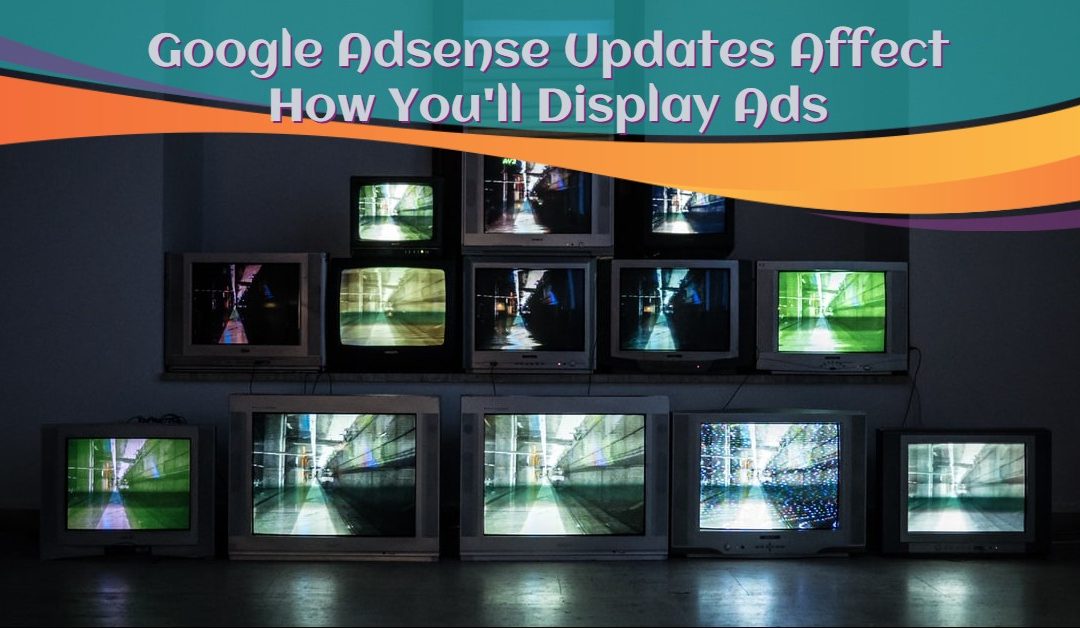There isn’t any question that Google has changed the way businesses can market themselves online. If not for Google, most businesses would still be using offline marketing, or perhaps doing digital ads at the basic level they were a decade ago.
What’s interesting is Google’s Ad offering has fallen a bit behind the trends of creating digital ads that don’t look like ads. After 20 years of digital ads using flashy ways to grab online attention, most demographics are on to the trickery.
Now they want ads integrating naturally into content rather than being annoying pop-ups or autoplay videos.
Google finally took this seriously with their recent updates. Here’s a look at what they’ve changed, including a new ad platform called Stamp.
What Does Google’s AdSense Update Do?
The intention behind their new update is to create native ad content so it resembles content on a website rather than a typical ad. They’re basically answering many polls showing customers becoming frustrated with the more impersonal ad format.
In fact, recent polling shows 63% of all consumers think companies don’t provide digital ads resonating with their personal needs.
You might find it amazing Google didn’t correct this problem a lot earlier with AdSense. Now they’re about to create three different formats to give you new ways for ad display. The question is, which one would work best for your online business and your search engine optimization?
In-Feed Ads
The first format Google’s new AdSense offers is an in-feed ad system that places ads into lists of products on your website.
This system is one of the most natural ad formats since it’s more targeted and relates to the products you already sell. In-feed ads fit perfectly into your own web feeds as a list of articles or products.
Best of all, these ads easily customize so they appropriately fit into the style of your webpage. You’ll get new places to place ads so they don’t feel intrusive or forced.
In-Article Ads
With this alternative format, it’s somewhat similar to in-feed ads, though placing ads between paragraphs of web content. Once again, this gives you a natural flow in integrating ads with content you create.
When you write a blog, you can easily incorporate targeted ads between each paragraph so it feels like it’s part of the copy. Google assures the ads are high-quality for an overall better reading experience.
Matched Content
For further targeting, the new AdSense offers a “Matched Content” feature, letting you place recommended ads at the bottom of your web content, or similar material. These ads can promote further content you’ve written to generate more traffic and revenue.
It’s only available to select publishers, so you’ll have to meet Google’s minimum requirements for traffic volume and how many unique pages you have.
Keep in mind these aren’t the only options thanks to Google’s new Stamp soon offering more options for placing ads.
What Will Stamp Do?
Similar to SnapChat’s Discover feature, Google plans to make Stamp operate around the company’s Accelerated Mobile Pages. The basic design revolves around interactive and visual ads that create various media opportunities.
Once it’s live, it’s expected to offer ads displaying directly during online searches. These interactive ads can give a storytelling element to your ads, bringing a more personal aspect for the demographics you’re attracting.
Stamp leaves this open to connecting to a younger demographic as well. Millennials continually take in SnapChat’s Discover above, as well as Instagram Stories for more personalized marketing.
Visit us at ThinkFlame so we can help you with your inbound marketing campaign by using Google’s latest AdSense updates. In the end, we help you realize a successful inbound strategy is all about great content.
Book Your Free Consultation Today

Jonathan Perea is a Business Development Manager at ThinkFlame. He started his career as a professional baseball player and continues to enjoy teaching kids through his elite coaching program. This experience has given him the ability to really listen to our customer’s needs, understand their business challenges and help coach them through a plan to achieve their goals.

